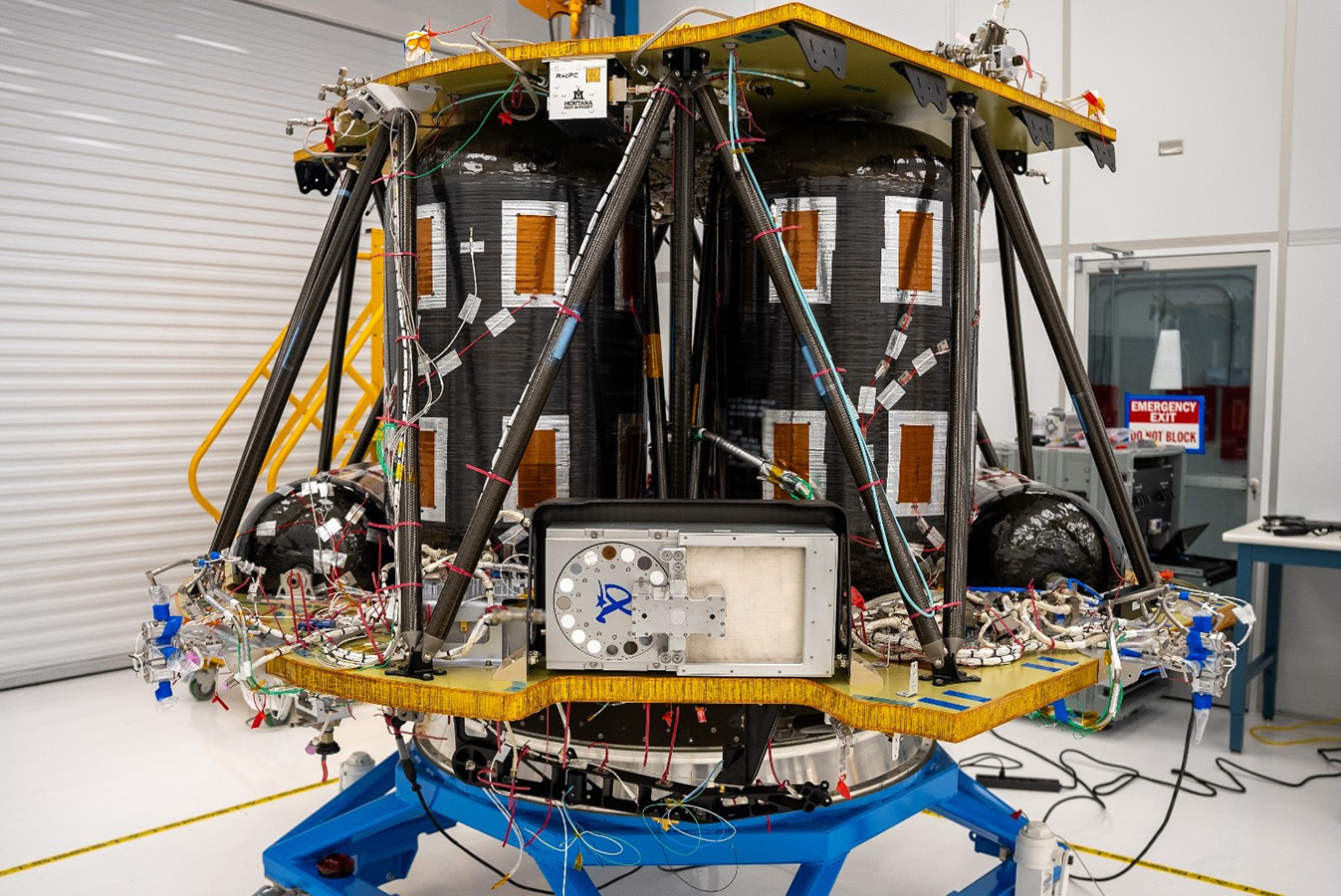Stay Up to Date
Submit your email address to receive the latest industry and Aerospace America news.
The Materials Technical Committee promotes interest, understanding and use of advanced materials in aerospace products where aerospace systems have a critical dependency on material weight, multifunctionality and lifecycle performance.
In March, researchers at NASA’s Glenn Research Center in Ohio developed the Automatic Information Management Across Organizations and Scales digital thread maintenance tool, a multiscale analysis framework for a composite structure, with individual simulations tools defined for the nano-, micro-, meso- and macroscale, to judiciously automate the computational workflow. This tool, and other frameworks that connect with information management systems, are critical for true integrated computational materials engineering design of materials and structures, because they allow engineers to apply rapid simulation-based approaches to material/structural design and selection, with full material traceability across its lifecycle. Such frameworks can be paired with optimization algorithms to concurrently design fit-for-purpose materials and optimized application geometries, which help reduce costs and time-to-market for engineering applications while ensuring that the digital twins and digital thread for that application are properly maintained. Integrated computational materials engineering is heavily predicated on the availability and use of multiscale physics-based and data-driven simulation tools, so such tools require large amounts of data for characterization and verification and validation. Organizations must implement robust information management systems that effectively manage material information.
In May, Pinar Acar of Virginia Tech and Md Maruf Billah, her Ph.D. student, designed tailored microstructures and quantified the uncertainty of meso-scale mechanical properties of the Ti-7A alloy that is widely used in aircraft structures. They demonstrated a novel technique for designing microstructures, applying an analytical uncertainty quant- ification method to target exact design-under-uncertainty solutions. The researchers considered single-crystal-level epistemic uncertainty arising from molecular dynamics and microstructural-level aleatoric uncertainty, measured by experimental techniques for determining the meso-scale uncertainty. The approach was utilized to propagate the uncertainty, which is further incorporated into the design of microstructures for the desired mechanical properties of Ti-7Al. This design-under-uncertainty strategy for microstructures can exhibit high performance and reliable mechanical components for aircraft structures. These findings could also impact the design and manufacturing of future advanced materials by providing a pathway for engineers and technicians to develop and produce metallic alloys with tailored properties for specific applications.
In March, Aegis Aerospace Inc. reported that its first lunar materials science payload, the Regolith Adherence Characterization Facility, RAC-1, was integrated aboard a Firefly Aerospace Blue Ghost lander, scheduled to touch down on the lunar surface in early 2025 on a mission under NASA’s Commercial Lunar Payload Services program. Funded by NASA, RAC-1 contains two sets of samples of 15 different polymers and metals, some covered with dust repellent coatings. Lunar regolith dust is highly abrasive and can cause erosion and electrostatic issues, so scientists will expose the samples to the lunar environment to analyze how they interact with regolith dust. The samples reside on two wheels placed on the surface of the RAC-1 payload. One of these wheels will be exposed in transit and during the lunar landing to get the full effect of the regolith plume generated when Blue Ghost touches down. The other wheel will be shielded by a cover, which will retract after the landing dust settles to allow for long-term exposure of the samples. Over the the 12-day investigation, the wheels will rotate every 24 hours so each sample can be photographed by a camera tower located in the center of RAC to monitor for erosion and dust accumulation. These images could provide valuable data on the interaction of polymers, metals and coating with lunar regolith dust.
Contributors: Pinar Acar, Brandon Hearley and Jessica Piness
Stay Up to Date
Submit your email address to receive the latest industry and Aerospace America news.




